This Friday meet McCorison, owners of The Rustic Peony in Ninilchik, Alaska, where they grow peonies and a variety of fruits and vegetables. Wanting a more sustainable life, the couple moved to Alaska in 2015 and chose the small oceanside community as their home to settle down, raise their three children, and start a farming business.
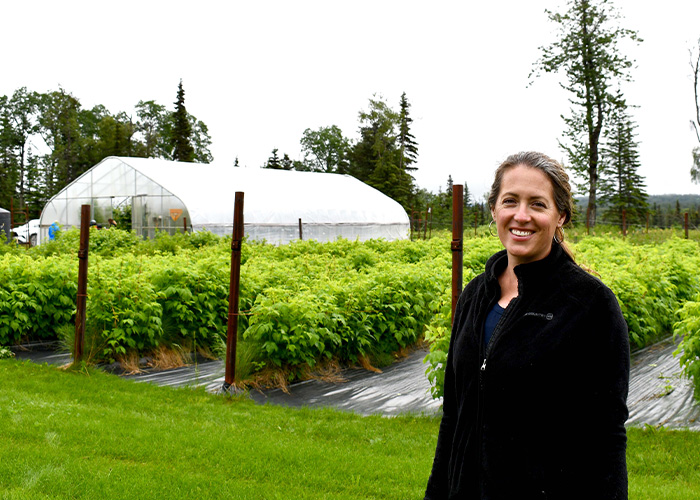
“We have always been hunters, fishers, and gatherers," said Tiffany. "We want to be self-sustaining.”
Alaska’s Peony Market
After purchasing their property in 2015, the McCorisons immediately began the laborious process of clearing two acres for farming. They initially decided to focus on peony production and planted 1,000 peony plants, starting their boutique agrotourism business.
"We started with peonies because we thought they were most likely to generate revenue and allow us to diversify the farm," Tiffany said.
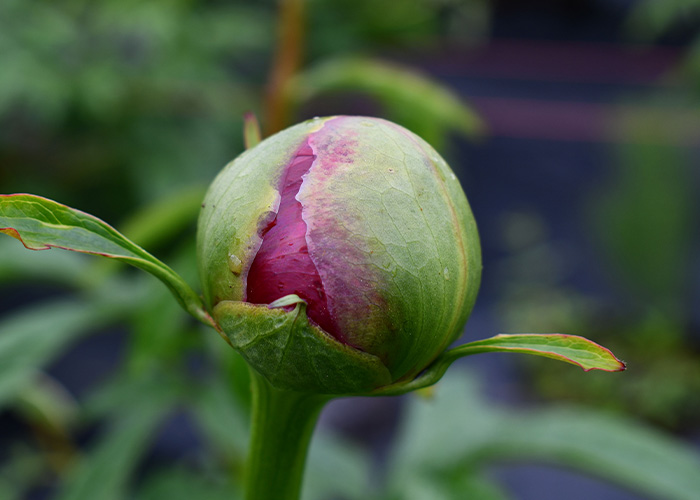
While peonies produced in other parts of the world are harvested in the spring, Alaska fills a niche gap in the peony market due to the late-summer harvest window. If preserved properly, the peony blooms can last through September.
The McCorisons sell directly to local customers and partner with a neighboring farm, Alaska Flower Girls, to ship peonies to the Lower 48. They also sell flowers through a you-pick system, and they host farm tours and special events.
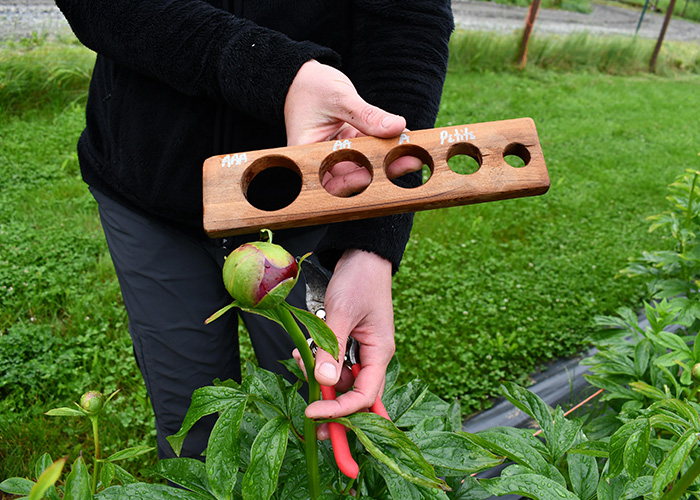
Diversifying with Conservation
Once the peonies were established, Tiffany and Brian wanted to diversify their operation with crops, but needed a controlled environment that would provide more protection from wind and frost.
Tiffany heard about USDA’s Natural Resources Conservation Service (NRCS) from other growers in her community and reached out to local staff in Homer to request assistance. After visiting the farm, NRCS staff recommended several conservation practices that would improve plant health and vigor, enhance soil conditions, and conserve water.
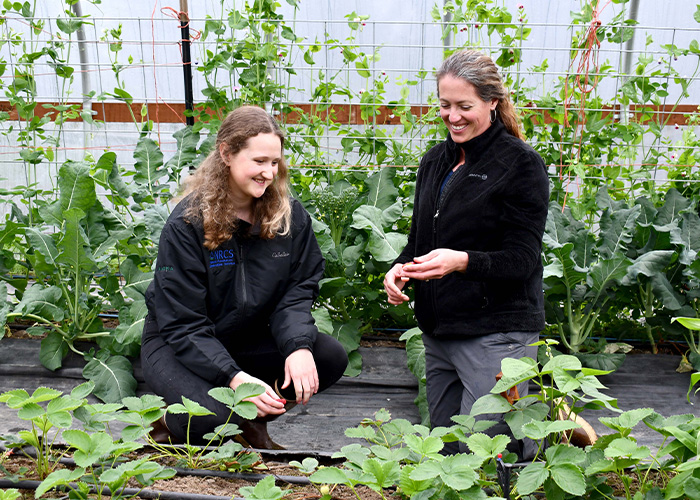
The McCorisons applied for the Environmental Quality Incentives Program (EQIP) and installed their first seasonal high tunnel in 2016 and added another the following year. The high tunnels have significantly improved their crop diversity, allowing them to grow fruits like red raspberries, golden raspberries, gooseberries, elderberries, Saskatoon berries and cherries. They also grow a variety of vegetables in their high tunnels that they sell to local restaurants and lodges.
Improving Irrigation
Tiffany and Brian originally relied on hand watering, which took a lot of time and made it difficult to track how much water they were applying and how much water the soil actually needed.
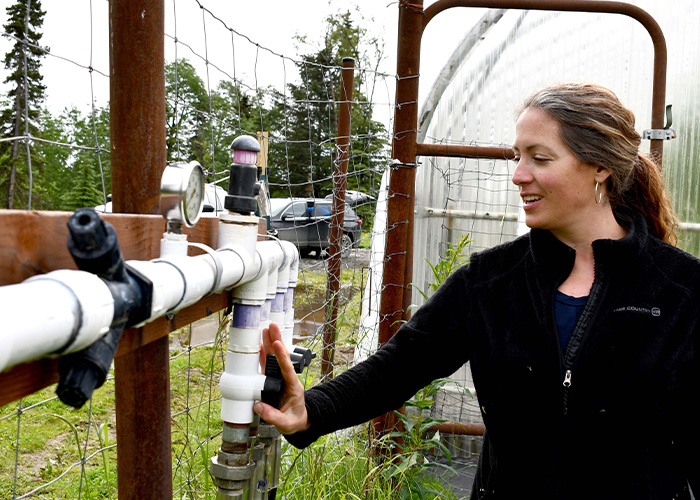
To help, NRCS engineers designed an irrigation system and developed an irrigation water management plan. The system is equipped with water storage tanks, water lines that can be turned on or off in multiple sections of the fields, and drip tape that feeds moisture directly into the plant root zone. With the management plan, they determine how much to irrigate by tracking soil moisture meters every day throughout the growing season.
“Our biggest conservation benefit is the drip irrigation system,” Tiffany said. “It gives us significant water savings and we can send water to different parts of the field that need it.”
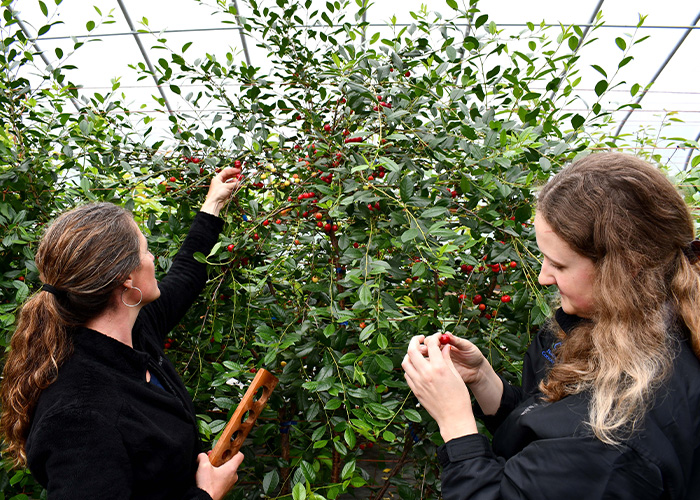
Growing Goals
Tiffany and Brian are continuing their work with NRCS with the Conservation Stewardship Program to conduct plant tissue testing to help refine nutrient applications on their crops. They also installed a weather station to track precipitation, humidity, solar radiation, temperature, and wind speed.
“The goal of the weather station is to help producers better understand their specific needs and how that impacts the crops they grow,” said Emily MacDonald, NRCS soil conservationist. “Ideally we want to use this data to predict the harvest window for peonies based on weather trends.”
Looking to the future, Tiffany and Brian’s long-term goal is to build a commercial wine production facility and to open a winery on the property.
“We have experimented with making fruit wines on a small scale and we’ve refined our recipes and our process,” Tiffany said. “We have a vision to do wine tastings and special events, but we are taking it slow.”
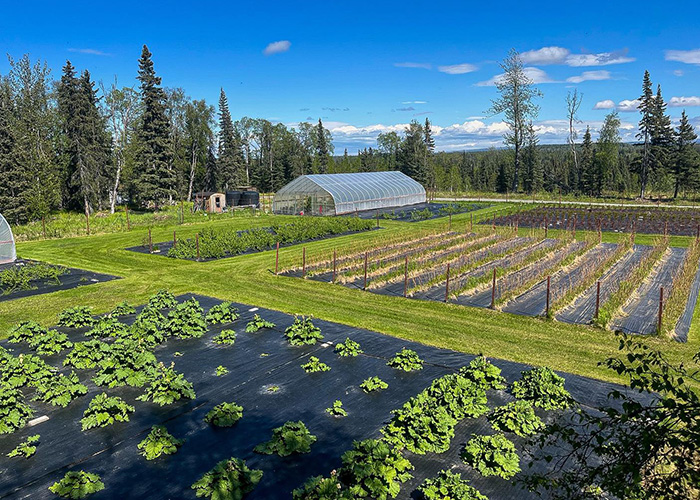
More Information
Visit local farms, ranches, forests, and resource areas through our Fridays on the Farm stories. Meet farmers, producers and landowners who are working to improve their operations with USDA programs.
USDA offers a variety of risk management, disaster assistance, loan, and conservation programs to help producers weather ups and downs in the market and recover from natural disasters as well as invest in improvements to their operations. Learn about additional programs.
For more information about USDA programs and services, contact your local USDA service center.
Tracy Robillard is a public affairs specialist for NRCS in Alaska.


